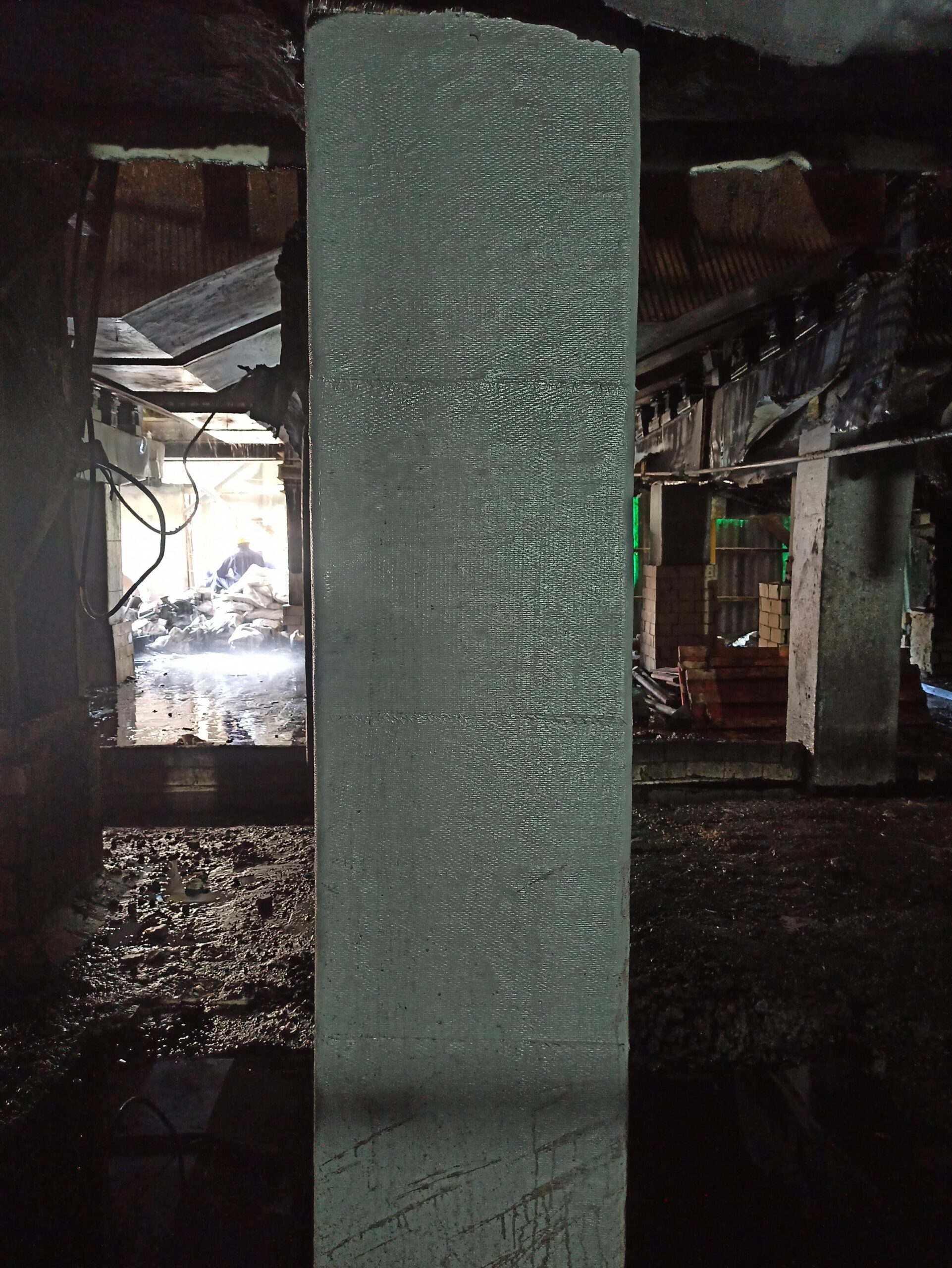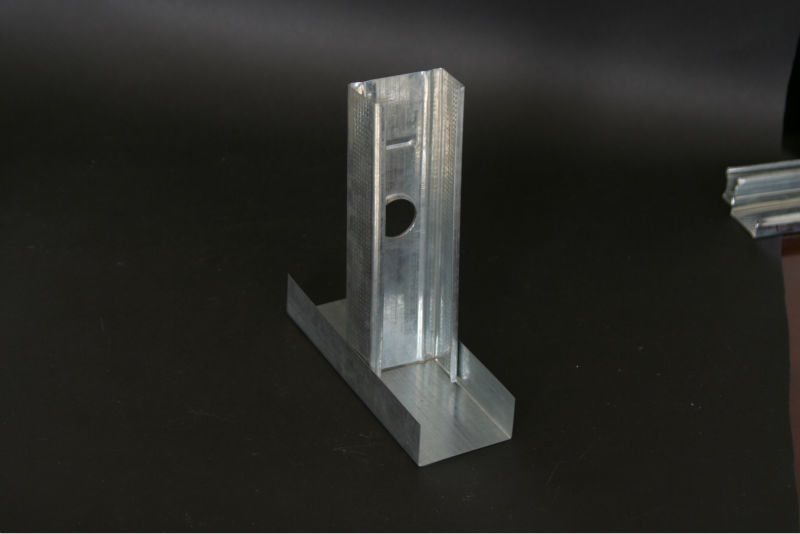In construction and civil engineering, ensuring the longevity and durability of structures is crucial. Carbon fiber wrapping has emerged as a preferred solution for strengthening concrete columns, beams, and slabs. This technique involves applying high-strength carbon fiber sheets around structural elements, improving load-bearing capacity. It is a cost-effective and efficient alternative to traditional reinforcement methods, making it widely popular among engineers and builders across urban projects.
What is Carbon Fiber Wrapping?
Carbon fiber wrapping is a structural reinforcement method that uses thin carbon fiber sheets or fabrics applied to concrete surfaces. These sheets are bonded using specialized epoxy resins, creating a composite layer that enhances the element’s strength. Unlike steel reinforcement, carbon fiber is lightweight and resistant to corrosion. It provides significant flexibility for retrofitting existing structures, making it ideal for both new construction and repair projects in buildings and infrastructure.
Advantages of Carbon Fiber Wrapping
One of the main benefits of carbon fiber wrapping is its high strength-to-weight ratio. It significantly increases the load capacity of beams, columns, and slabs without adding much weight. Additionally, carbon fiber is resistant to corrosion, moisture, and chemical exposure, which makes it more durable than traditional steel reinforcement. The installation is quick, reducing downtime in construction projects. Its adaptability allows engineers to strengthen irregular or complex structural shapes effectively.
Applications of Carbon Fiber Wrapping
Carbon fiber wrapping is widely used in residential, commercial, and industrial buildings. It strengthens concrete columns, beams, slabs, and walls that show signs of wear or structural weakness. It is also applied in bridge retrofitting, industrial facilities, and heritage building restoration. Engineers often use it to prevent structural failure, repair earthquake-damaged structures, and extend the life of concrete elements. Its versatility ensures it meets modern construction demands efficiently.
How Carbon Fiber Wrapping Works
The process of carbon fiber wrapping begins with surface preparation, ensuring the concrete is clean and free of dust, oil, or loose particles. An epoxy resin is then applied to the structural element, and carbon fiber sheets are carefully wrapped around it. Each layer enhances strength and stiffness. The composite material cures over time, bonding tightly with the concrete. The result is a reinforced structure capable of handling greater loads and resisting environmental degradation.
Carbon Fiber Wrapping vs Traditional Methods
Unlike conventional reinforcement techniques, carbon fiber wrapping offers several advantages. Traditional steel jacketing or concrete overlay requires heavy equipment, longer labor hours, and adds significant weight to structures. Carbon fiber, in contrast, is lightweight, easier to install, and provides corrosion resistance. It also allows retrofitting without affecting the building’s design. Engineers increasingly prefer this method for its efficiency, reliability, and ability to meet modern construction standards without major structural disruptions.
Choosing the Right Carbon Fiber Wrapping Service
Selecting a professional carbon fiber wrapping service is essential for optimal results. Experienced contractors ensure proper surface preparation, resin application, and correct fiber alignment. They also recommend the appropriate thickness and number of layers based on structural requirements. Quality workmanship guarantees maximum load enhancement and longevity. Homeowners, builders, and engineers must verify service providers’ expertise, previous project success, and material quality to ensure safety and performance.
Maintenance and Longevity
One of the key advantages of carbon fiber wrapping is minimal maintenance. Once installed, it is resistant to corrosion, UV rays, and environmental wear. Periodic inspections are sufficient to ensure structural safety. Unlike steel reinforcement, carbon fiber does not rust, reducing long-term repair costs. Its durability ensures reinforced elements last longer, making it an ideal solution for both new constructions and retrofitting older structures that require enhanced strength without extensive structural modification.
Environmental Benefits
Carbon fiber wrapping also supports sustainable construction practices. By avoiding demolition and reducing the need for additional concrete or steel, it lowers construction waste. Its long-lasting nature reduces the frequency of repairs, further decreasing environmental impact. Lightweight materials also reduce transportation energy costs. For eco-conscious builders and clients, carbon fiber provides a modern, environmentally friendly approach to strengthening structures while maintaining safety and efficiency in construction projects.
Carbon fiber wrapping is a modern, efficient solution for strengthening concrete structures. Its high strength-to-weight ratio, durability, and ease of installation make it a preferred choice for engineers and builders. From residential buildings to industrial facilities, it provides cost-effective and long-lasting structural reinforcement. Choosing a skilled service provider ensures safety, reliability, and longevity. With its growing popularity, carbon fiber wrapping continues to redefine how structures are repaired and strengthened.


